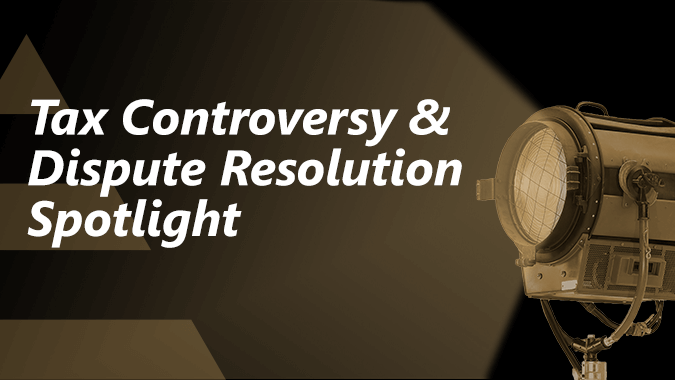Creating Your Not-for-Profit Organization’s Social Media Policy
- Published
- Oct 29, 2014
- Share
We are often asked to assist clients with their employee handbooks, and a growing area of concern for many is establishing a social media policy for employees. If your organization is using this powerful tool, it’s imperative to create and have a social media policy in place to provide guidelines and mitigate liability. A social media policy can be an organization’s first line of defense to mitigate risk for both the employer and employee. Developing both internal and external sets of guidelines and policies will help your organization navigate any potential issues regarding employees and social media use.
You want social media to be an opportunity for your employees to help build your organization’s reputation and brand, but that means there is also a tremendous risk for individual employees to inadvertently damage your organization’s reputation. By defining a set of guidelines you help mitigate that risk and clearly explain what’s appropriate and what’s not. Some of the key concepts that should be discussed when structuring the framework of a policy include: who will have access to your organizational accounts internally, who is responsible for approving content, posting, making edits and responding to messages on behalf of the not-for-profit, what can/can’t employees post on behalf of the organization, and identifying a point person (HR or marketing dept.) that employees can reach out to with questions or concerns regarding social media use. It is important to establish a line between using social media for work-related purposes and using social media for personal use. These types of restrictions and guidelines should be included in the overall policy. Make sure, of course, that all legal requirements are reviewed and approved by your legal department.
You could have one overall social media policy that addresses the use of all current social media platforms or you can write policies as needed based on how the organization develops its social media presence. Often if you Google or use a search engine you can find specific examples of such policies; that’s a great way to help you get started. Make sure to modify them to your organization’s needs and internal policies
- Employee Code of Conduct for Online Communications
- Employee Code of Conduct for Company Representation in Online Communications
- Employee Blogging Disclosure Policy
- Employee Facebook Usage Policy
- Employee Personal Blog Policy
- Employee Personal Social Network Policy
- Employee Personal Twitter Policy
- Employee LinkedIn Policy
- Corporate Blogging Policy
- Corporate Blog Use Policy
- Corporate Blog Post Approval Process
- Corporate Blog Commenting Policy
- Corporate Facebook Brand Page Usage Policy
- Corporate Facebook Public Comment/Messaging Policy
- Corporate Twitter Account Policy
- Corporate YouTube Policy
- Corporate YouTube Public Comment Policy
- Company Password Policy
Technology is always changing, so it is important that once a policy is created, that it isn’t forgotten in a binder somewhere. Review it on a periodic basis and update policies as necessary. Your social media policy should be accessible to all employees. Be sure to communicate any changes with employees and document that process in case you ever need to enforce the rules.
Using social media can greatly benefit your organization’s outreach efforts and is another way to engage your employees but it’s also a grey area full of potential liability.
Creating a social media policy and educating your employees about its guidelines will not only protect your organization but it will also encourage employees to participate.
Contact EisnerAmper
If you have any questions, we'd like to hear from you.











